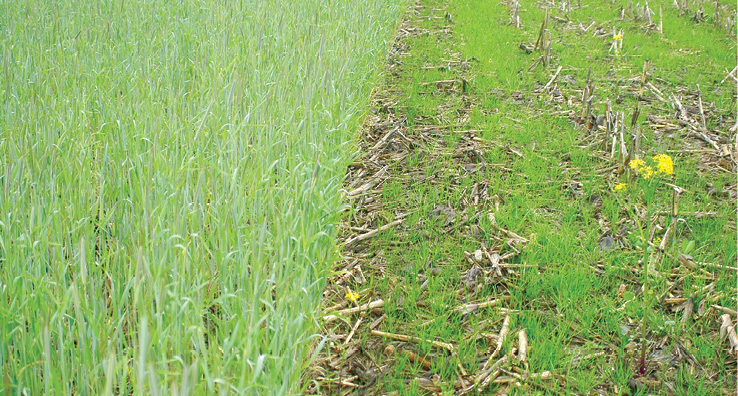No-Till Farmer
Get full access NOW to the most comprehensive, powerful and easy-to-use online resource for no-tillage practices. Just one good idea will pay for your subscription hundreds of times over.

NAME: Roger Wenning
LOCATION: Greensburg, Ind.
YEARS NO-TILLING: 20 Acres
NO-TILLED: 630
CROPS NO-TILLED: Corn and soybeans
Water has long been my chief adversary in farming. All of my acres have some roll to them and several areas on the farm are classified as highly erodible.
No matter how the government classifies my acres, I consider erosion to be a concern on my entire farm, and it’s one of the primary reasons I went to no-till. As a kid, I watched gullies wash all over the fields and didn’t like it. As an adult, I did something about it.
Water is also one of the reasons I struggled with no-till in the beginning. My soils are made up of light-colored clay that doesn’t warm up easily in the spring.
The more water that’s in the soil, the more BTUs it takes to heat it up. I didn’t realize how much excess water I had in the soil when I took my first steps toward conservation tillage.
We started off by doing minimum tillage on the hills and eventually rented a drill and no-tilled soybeans in 1990. It worked out OK, so we kept at it. Putting wavy coulters on our planter allowed us to no-till corn, too, but the results were mediocre at best.
No-till corn wasn’t working for us. Not having the right equipment was a challenge — and when we did get corn planted, early rains would drown it out. Getting the soil dried out…